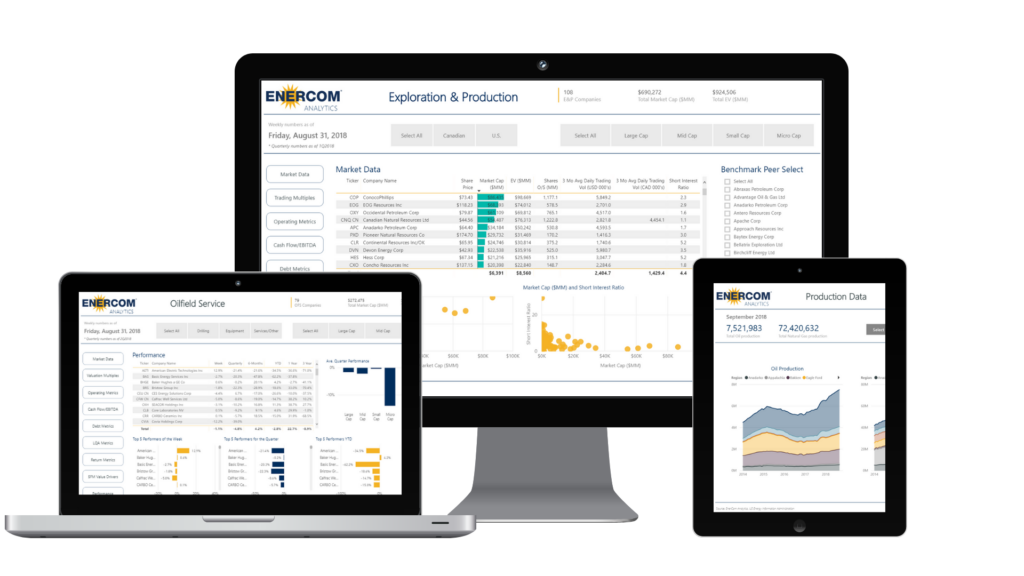Argus
UK-Australian resources firm BHP has cut its medium-term oil and gas production guidance by 5.5pc or around 16,000 b/d of oil equivalent (boe/d), reflecting the impact of the Covid-19 pandemic and a delay to its Scarborough gas development in Australia.
BHP has cut its five-year production target to 104mn boe (285,000 boe/d) for the July 2024 to June 2025 fiscal year from its previous forecast of 301,00 boe/d made in November. Guidance has been cut because of significant disruptions to oil and gas markets caused by Covid-19, lower investment spending over the next 12 months and the Scarborough delay.
 BHP maintained its 2020-21 production guidance at 260,000-279,000 boe/d. It produced 298,000 boe/d in 2019-20, down by 10pc from a year earlier.
BHP maintained its 2020-21 production guidance at 260,000-279,000 boe/d. It produced 298,000 boe/d in 2019-20, down by 10pc from a year earlier.
BHP’s production will be boosted over the next five years by the start-up of three upstream projects. The Atlantis phase three oil project in the US Gulf of Mexico, in which BHP owns 44pc, is 79pc complete and due to start output later this year. The 23pc-owned Mad Dog oil project, which is also in the US Gulf of Mexico, is 77pc complete and due to start in 2022. Both projects are operated by BP.
BHP has a 68.46pc stake in the Ruby oil project offshore Trinidad and Tobago, which is 28pc complete and scheduled to start production in 2021.
The company made a profit before interest and tax of $750mn from its petroleum business in 2019-20, down from $2.48bn in 2018-19, as revenue fell to $4.07bn from $5.93bn over the period. The company was hit by a 26pc fall in its average realised oil price to $49.53/bl from $66.59/bl, while the average realised LNG price fell by 23pc to $7.26/mn ft³ from $9.43/mn ft³ over the same period.
Crude prices experienced unprecedented volatility in January-June, the company said. “We believe that the most significant risks to the physical market have now passed. Prices may well build upon their recent recovery, if mobility continues to improve globally.” But the pace of gains could be modest given potential headwinds from production restarts or releases from storage, it added.
BHP sees a structural demand-supply gap through at least the mid-2030s, given the deferral of many upstream projects this year because of lower prices.
“Considerable investment in conventional oil is going to be required to fill that gap. The medium to long term supply deficit has been amplified by the global retreat from capital spending across the industry in response to the Covid-19 pandemic,” it said.
Deepwater assets are the most likely to balance the market in the longer term. “The price expectation required to trigger investment in deepwater projects will be significantly higher than the prices we face today,” BHP said.
Road transport fuels are subject to disruption risk, while non-transport demand looks resilient, especially in the developing world, BHP said.
In LNG, BHP expects North American exports to provide marginal supply across multiple longer-term scenarios for the industry. New supply is likely to be required to balance the market in the middle of this decade or slightly later.
By Kevin Morrison
| BHP financial results 2019-20 | ||||
| Medium-term guidance | 2020-21 | 2019-20 | 2018-19 | |
| Petroleum unit cost ($/boe) | <$13 | $11-12 | 9.74 | 10.54 |
| Petroleum output (boe/d) | 285,000 | 260,000-279,000 | 298,000 | 332,000 |
| Petroleum capex ($mn) | n/a | 1,100 | 804 | 592 |
| Source: BHP | ||||







